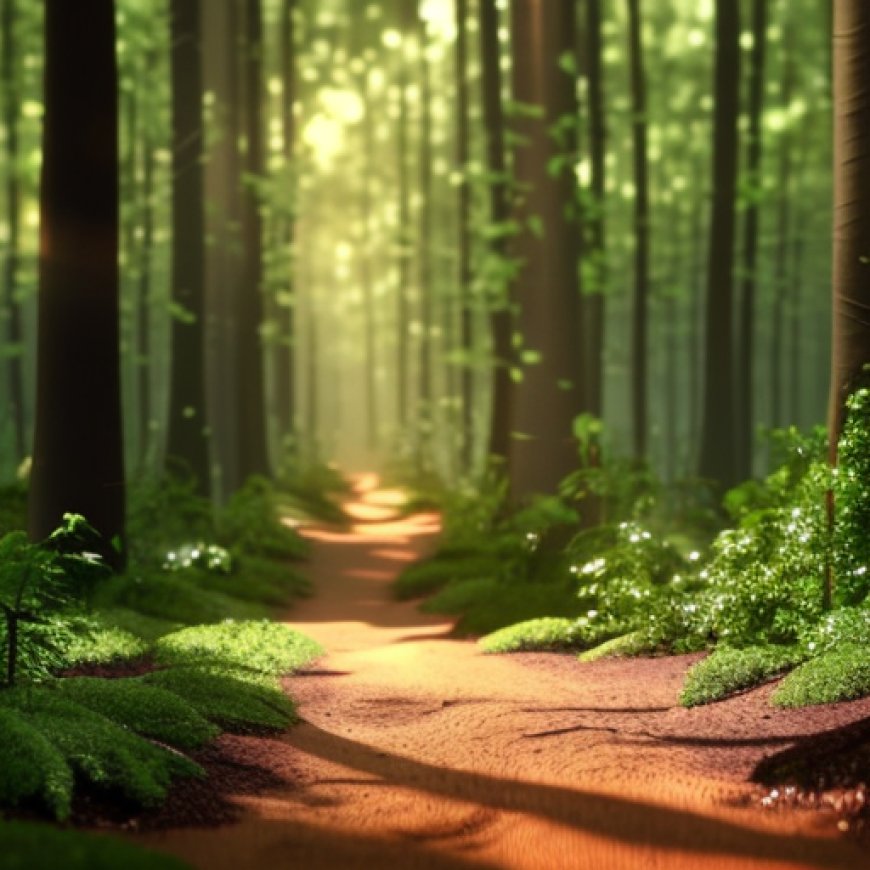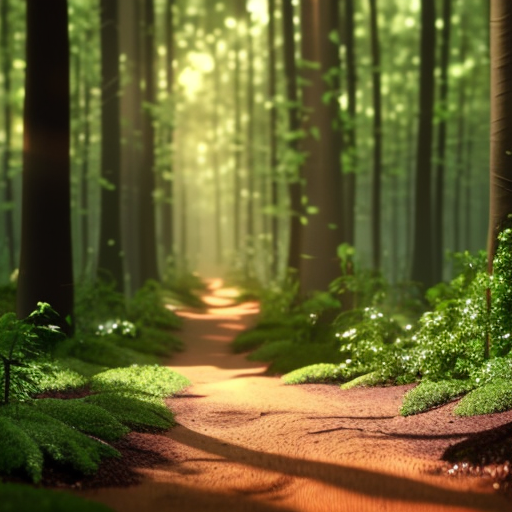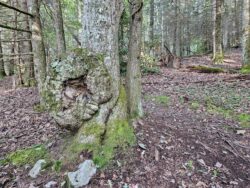The Southern Forest – The Trek
The Southern Forest The Trek


Now that we have passed the autumn equinox
The nights are longer than the days, and moreso with each passing day. I’m missing the 16 hour days we saw in Maine just a couple months ago.
The changes in the forest
The temps are getting cooler, but not so much to have a dramatic effect on the color of the leaves. There are changes, however. For example, the oaks and hickories are dropping their nuts. They collect in the trail and become a hazard – like walking on marbles.

The tallest trees in these Tennessee/NC forests are tulip poplar and white Pines. We also see various oaks, maples and birches, and a few cherry and walnut (my favorites). The understory is dominated by rhododendron; it boggles my mind how prevalent they are.

Day 129 – Cherry Gap shelter to Nolichucky River (17 miles)
Day 130 – Nolichucky River to Spivey Gap (11 miles)
Day 131 – Spivey Gap to Sam’s Gap (13 miles)
Day 132 – Sam’s Gap to Jerry Cabin shelter (18 miles)
Interesting sightings
Do you see an old troll trapped in this burl?

What are these nuts? I included an acorn to illustrate the size.

I spotted this ring-neck snake. He was very quick, but smaller than an earthworm.

And a tough looking spider.

These are the tombstones of two union soldiers killed while visiting relatives during the Civil War.

The beauty of the mountains
I never get tired of a great view from the top of a mountain. Sometimes you catch the low morning clouds hanging in the valleys before the sun burns it off.



And sometimes you’re in the cloud just as the sun is burning it off.



Weather conditions
When I was up north, constant rain prevented me from having views from many of the mountains. Not so down south; the weather has been great!




Conclusion
Thanks for listening.
Affiliate Disclosure
This website contains affiliate links, which means The Trek may receive a percentage of any product or service you purchase using the links in the articles or advertisements. The buyer pays the same price as they would otherwise, and your purchase helps to support The Trek’s ongoing goal to serve you quality backpacking advice and information. Thanks for your support!
To learn more, please visit the About This Site page.
SDGs, Targets, and Indicators
1. Which SDGs are addressed or connected to the issues highlighted in the article?
- SDG 15: Life on Land
2. What specific targets under those SDGs can be identified based on the article’s content?
- Target 15.1: By 2020, ensure the conservation, restoration, and sustainable use of terrestrial and inland freshwater ecosystems and their services, in particular forests, wetlands, mountains, and drylands, in line with obligations under international agreements.
3. Are there any indicators mentioned or implied in the article that can be used to measure progress towards the identified targets?
- The article mentions the dropping of nuts from oak and hickory trees, which can be an indicator of the natural processes and ecosystem functioning in forests.
- The presence of various tree species like tulip poplar, white pines, oaks, maples, birches, cherry, and walnut indicates the diversity and health of the forest ecosystem.
- The prevalence of rhododendron in the understory can be an indicator of the ecological balance and habitat suitability for this species.
Table: SDGs, Targets, and Indicators
| SDGs | Targets | Indicators |
|---|---|---|
| SDG 15: Life on Land | Target 15.1: By 2020, ensure the conservation, restoration, and sustainable use of terrestrial and inland freshwater ecosystems and their services, in particular forests, wetlands, mountains, and drylands, in line with obligations under international agreements. |
|
Behold! This splendid article springs forth from the wellspring of knowledge, shaped by a wondrous proprietary AI technology that delved into a vast ocean of data, illuminating the path towards the Sustainable Development Goals. Remember that all rights are reserved by SDG Investors LLC, empowering us to champion progress together.
Source: thetrek.co

Join us, as fellow seekers of change, on a transformative journey at https://sdgtalks.ai/welcome, where you can become a member and actively contribute to shaping a brighter future.







